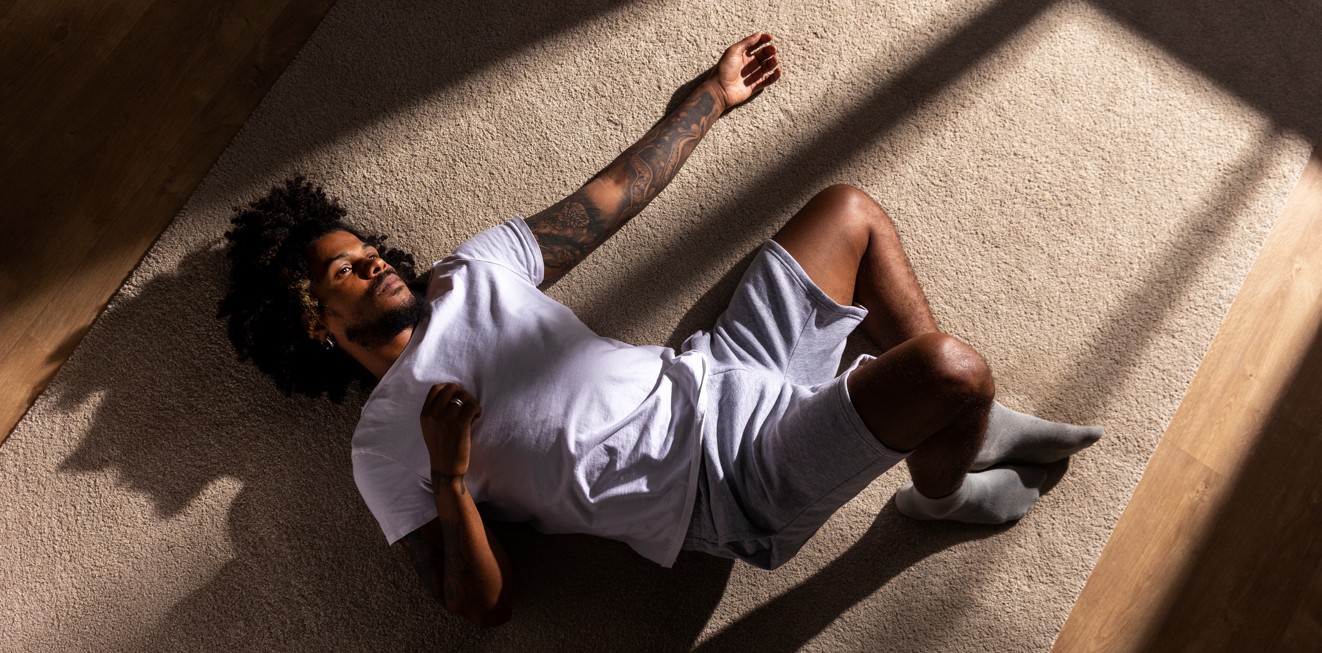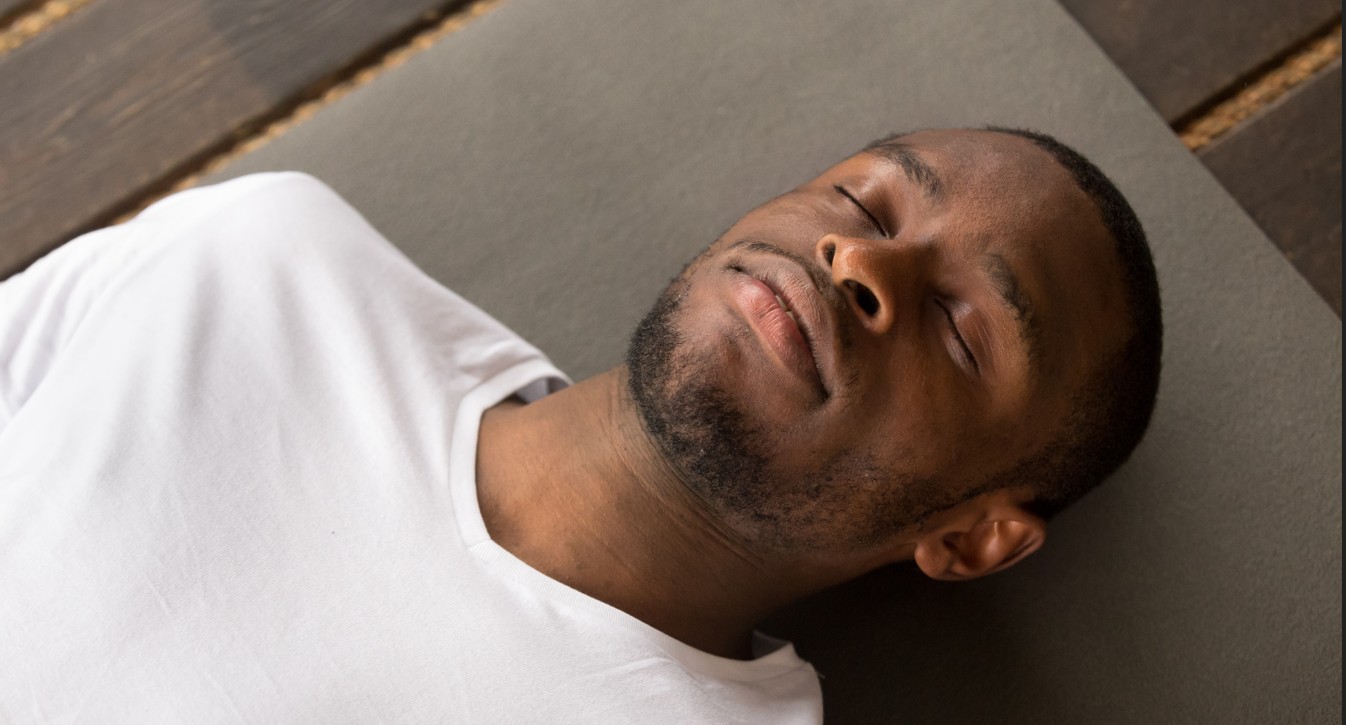Sleeping on the floor: The surprising health trend rooted in ancient tradition

Backed by both ancient tradition and modern wellness philosophies, this age-old practice of ditching the bed and sleeping on the floor is making a strong comeback.
For centuries, people around the world have chosen to sleep on the floor, not out of poverty or lack of comfort, but for the health benefits it offers.
Now, in a surprising shift from plush, high-end mattresses often featured on TV ads and TikTok’s aesthetic feeds, a growing number of people are embracing a minimalist approach: sleeping directly on the floor.
Yes, literally sleeping on the floor—by choice.
Backed by both ancient tradition and modern wellness philosophies, this age-old practice is making a strong comeback.
The tradition behind the trend
In Japan, floor sleeping isn’t a passing trend—it’s a way of life, deeply rooted in culture. The Japanese use a futon, a thin mattress laid on tatami mats, which are made from rice straw and covered in soft rush grass.
These mats offer just enough cushion while maintaining a firm surface. They also allow for good air circulation, helping to prevent heat buildup, especially useful during Japan’s humid summers or for those living in coastal climates.
The concept is similar to Kenya’s mkeka, a mat traditionally woven from reeds, palm leaves, or sisal fibres.
Both serve as cultural and functional items, used for sleeping, sitting, or prayer. These mats show that minimalist sleeping isn’t just practical—it’s part of a deeper heritage.
Mattress vs. floor: What’s better for your body?
Modern mattresses are built for softness and luxury, but many chiropractors and holistic health experts argue that they may be doing more harm than good.
Soft beds that sag over time can promote poor posture and spinal misalignment, leading to chronic back pain and restless sleep.
Sleeping on the floor—or on a supportive surface like a futon—encourages better spinal alignment. A firm surface supports your body evenly and helps prevent sinking into awkward positions.
 Using a thin pillow supports proper neck alignment during floor sleeping; placing an extra pillow under the knees or lower back can enhance comfort and maintain spinal curvature. (Photo: Freepik)
Using a thin pillow supports proper neck alignment during floor sleeping; placing an extra pillow under the knees or lower back can enhance comfort and maintain spinal curvature. (Photo: Freepik)
Though it can take time to adjust, many people say the change has transformed their sleep.
YouTubers like Max DeMarco, Samera Abroad, Mark Chang, and Jak Piggot tried sleeping on the floor for at least a year. Their findings were consistent: reduced back pain, better posture, and improved circulation.
“Since I started sleeping on the floor, my back pain has reduced tremendously. In the first three months, I could notice huge changes. I could sit for long, the headaches were gone, I could fall asleep faster and even sleep through the night,” says Jak Piggot, in a YouTube review.
Max DeMarco also praised the impact of floor sleeping on his mornings:
“The bed just cradles you. It’s too easy to keep lying there. But on the floor, I get up almost immediately after waking up. It’s like a natural alarm clock, because the longer you stay there after waking up, the more uncomfortable it is.”
He now sleeps on a thin mat layered over a traditional mkeka (mat), appreciating not just its support, but the mental clarity it brings.
“It’s weird to say, but the floor kind of gives you discipline. There’s no luxury to hide in—you sleep, you wake up, you start the day.”
What about sleeping on the bare floor?
Sleeping directly on the bare floor is the most extreme version of this trend, and while it can still offer benefits, it’s not for everyone.
People with joint pain or low body fat may find it too harsh.
A Japanese futon or layered mats provide a middle ground—firm but forgiving. And for some, simply placing their mattress on the floor can be a good starting point.
How to sleep on the floor the right way
Thinking of ditching your bed? Transitioning the right way is important. Here’s how to do it:
Step 1: Choose the right spot
Find a flat, quiet area in your room, away from clutter, moisture, and foot traffic. Clean it regularly to prevent dust or allergies. A calm, peaceful corner sets the tone for quality rest.
Step 2: Mind the window and curtains
If you’re near a window, ensure the space is well-ventilated but not drafty. Use full-length curtains to block excess light and reduce cold air near the ground. Cotton or linen curtains allow soft airflow while keeping you warm.
Step 3: Add a layer of padding
Place something between you and the floor—a thick blanket, sleeping bag, or ideally a futon. Underneath, use a mkeka or tatami mat to allow airflow and prevent moisture buildup. This helps keep your bedding dry and mould-free.
Step 4: Pick the right pillow
Use a thin pillow to support your neck. Avoid stacking too many, which can strain your neck. For extra comfort, try placing a pillow:
• Under your knees (if sleeping on your back)
• Between your knees (if sleeping on your side)
• Under your lower back (if you have back pain)
Step 5: Ease into it
Don’t ditch your bed overnight. Start with naps or a few hours of floor sleeping each night. As your body adapts, gradually increase the time. This slow transition reduces stiffness and helps your muscles adjust.
Does sleeping on the floor change your bone structure?
No—it doesn’t change your bone structure. But it does improve posture and spinal alignment by distributing your body weight more evenly. Over time, this can reduce muscle tension and discomfort, though it won’t reshape your bones.
 Sleeping on the floor with a properly positioned thin pillow can relieve neck strain and support natural alignment, reducing tension and improving overall neck health. (Photo: Freepik)
Sleeping on the floor with a properly positioned thin pillow can relieve neck strain and support natural alignment, reducing tension and improving overall neck health. (Photo: Freepik)
Rebirth of simplicity
In a world obsessed with overstuffed beds and luxury furniture, sleeping on the floor may seem radical. But its benefits are increasingly hard to ignore.
Better posture, improved sleep quality, and a return to natural rhythms—floor sleeping offers a quiet revolution. It reminds us that humans weren’t made to float on layers of foam and springs.
By returning to the floor, we reconnect with our bodies, our culture, and the earth beneath us.
And in the stillness of night, you might just find the most restorative sleep of all, right there on the floor.
Top Stories Today












































